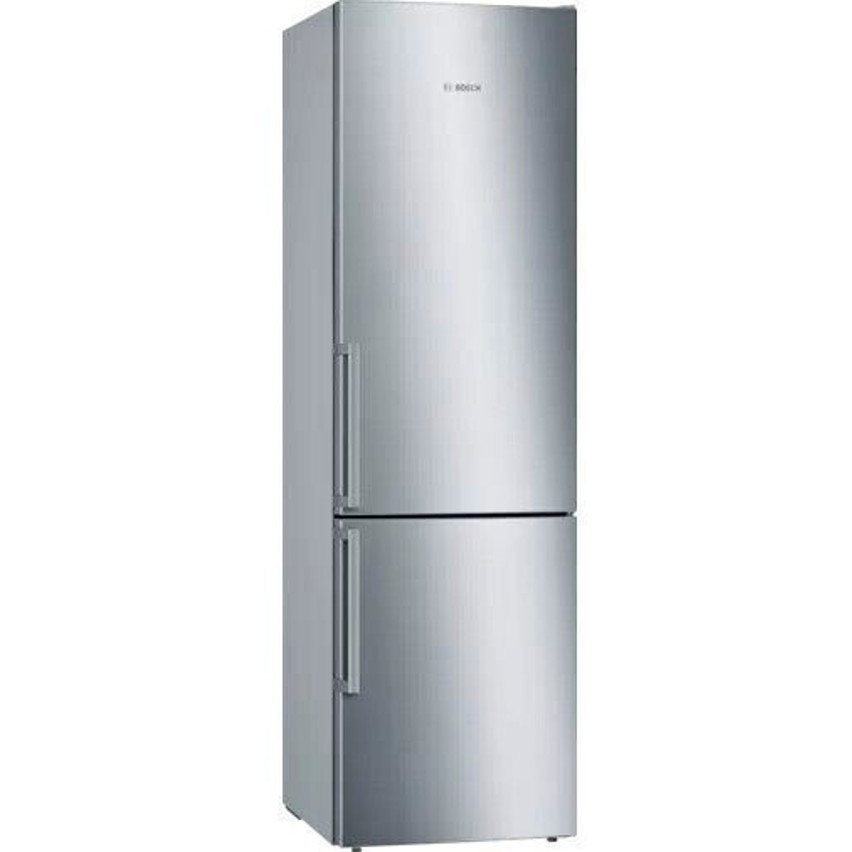10 Quick Tips On Refrigerator With 0-Degree Zone Test
페이지 정보
작성자 Pedro 작성일 25-11-12 21:22 조회 3 댓글 0본문
Exploring the 0-Degree Zone in Refrigeration: A Comprehensive Test
Fridges are a staple in modern-day kitchen areas, vital for protecting food quality and guaranteeing it lasts longer. One feature that has garnered attention in the last few years is the 0-degree zone, typically promoted as a perfect option for saving meats, fish, and other perishables. But what does the 0-degree zone involve, and is it genuinely efficient? In this article, we will explore the idea of the refrigerator's 0-degree zone, conduct a thorough test of its capabilities, and address common questions surrounding this feature.
What is a 0-Degree Zone?
A 0-degree zone refers to a specialized area within a refrigerator designed to keep a temperature around 32 ° F(0 ° C). This temperature level is optimal for keeping disposable items fresh without freezing them. While traditional refrigeration runs at somewhat above freezing temperature levels (generally between 32 ° F and Freistehender KüHlschrank Kühl-Gefrier-Kombination Kaufen - case.edu - 40 ° F ), the 0-degree zone intends to extend the freshness of products that are more susceptible to putridity.
Key Benefits of the 0-Degree Zone
- Extended Freshness: Ideal for saving meats and fish, the cold temperature can help decrease bacterial development.
- Maintained Quality: Fruits and veggies can retain their texture and flavor longer when stored at this optimum temperature level.
- Lowered Spoilage: Prevents freezer burn for items that are typically saved in routine freezer compartments.
The Test: Evaluating Refrigerator 0-Degree Zones
To assess the effectiveness of the 0-degree zone, a range of fridges, equipped with this feature, were tested for their performance over a two-week duration. Food items typically stored in this area were monitored, including beef, chicken, fish, fruits, and veggies. Here's a breakdown of the approach and results.
Test Methodology
- Refrigerators Selected: Five different models including 0-degree zones.
- Products Stored:
- Ground beef
- Chicken breasts
- Salmon fillets
- Strawberries
- Carrots
- Temperature level Monitoring: Internal temperature levels were logged daily utilizing precise thermometers positioned in the 0-degree zone.
- Quality Assessment: At the end of the two-week period, visual assessments and trial run were carried out.
Test Results
Table 1: Temperature Consistency Across 0-Degree Zones
| Refrigerator Model | Typical Temperature ( ° F)Fluctuation Range ( ° F | |
|---|---|---|
| ) Model A | 32.5 | 31.0 to 34.0 |
| Model B | 31.8 | 30.0 to 33.0 |
| Design C | 32.2 | 31.5 to 34.5 |
| Design D | 32.0 | 31.0 to 33.5 |
| Design E | 30.5 | 29.5 to 31.5 |
Table 2: Quality Assessment of Food Items After Two Weeks
| Food Item | Refrigerator Model A | Model B | Design C | Model D | Model E |
|---|---|---|---|---|---|
| Ground Beef | Fresh | Fresh | Somewhat Discolored | Ruined | Spoiled |
| Chicken Breasts | Fresh | Fresh | A little Dry | Spoiled | Ruined |
| Salmon Fillets | Fresh | Fresh | Fresh | A little Dry | Ruined |
| Strawberries | Fresh | Slightly Soft | Fresh | Spoiled | Ruined |
| Carrots | Crisp | Crisp | Slightly Wilted | Soft | Spoiled |
Observations From the Test
Temperature Consistency: All evaluated refrigerators maintained temperature levels close to the desired 0-degree mark. Nevertheless, Model A and Model B revealed superior consistency with minimal change, making them more reputable for preserving food.
Food Preservation: Items stored in Model A and Model B showed very little indications of spoilage, while those in Models D and E exhibited considerable degeneration, particularly the meat products.
Moisture Retention: The refrigeration designs, despite maintaining low temperature levels, managed to retain the moisture levels of the food effectively, particularly in Models A and B.
The 0-degree zone in modern fridges provides an important enhancement for those seeking to prolong the life of their disposable goods. This feature stands out for its capability to keep ideal temperatures while decreasing spoilage and maintaining food quality.
Frequently asked questions
1. What kinds of food are best suited for the 0-degree zone?
Foods that gain from storage in the 0-degree zone consist of meats, seafood, ready meals, some dairy products, and particular vegetables and fruits that do not freeze well.
2. How can I tell if my refrigerator has a 0-degree zone?
Examine your refrigerator's user manual or the temperature controls. Lots of brands consist of a specific compartment labeled as the 0-degree zone or comparable wording.
3. Is it safe to save food in the 0-degree zone?
Yes, offered that the temperature regularly remains around the 0-degree mark. Keeping food at this temperature level helps restrict germs development while maintaining freshness.
4. Can the 0-degree zone be adjusted?
In most fridges, the temperature settings for Kleiner Gefrierschrank Mit 3 Schubladen Günstig Online Bestellen Haushaltsgeräte Bestellen (https://md.entropia.de/oO5_TTloTZeYLG5AL8Mkjw/) the 0-degree zone can be changed, however it's suggested to keep it near or at 32 ° F for optimal results.

5. How long can food last in the 0-degree zone?
This can vary depending on the kind of food. Meat and fish can last longer than in a regular refrigerator but check specific guidelines for best practices on storage times.
In conclusion, investing in a refrigerator with a 0-degree zone not just improves food preservation practices but also guarantees that your ingredients keep their quality and taste. Side By Side Kühlschrank Schwarz Mit Wasserspender Und Eiswürfelbereiter exploring different models and their abilities, consumers can make educated choices that suit their food storage requirements.
- 이전글 What You Should Be Focusing On Enhancing Fiat Punto Key Replacement
- 다음글 10 Steps To Begin Your Own Lost My Jaguar Key Business
댓글목록 0
등록된 댓글이 없습니다.


